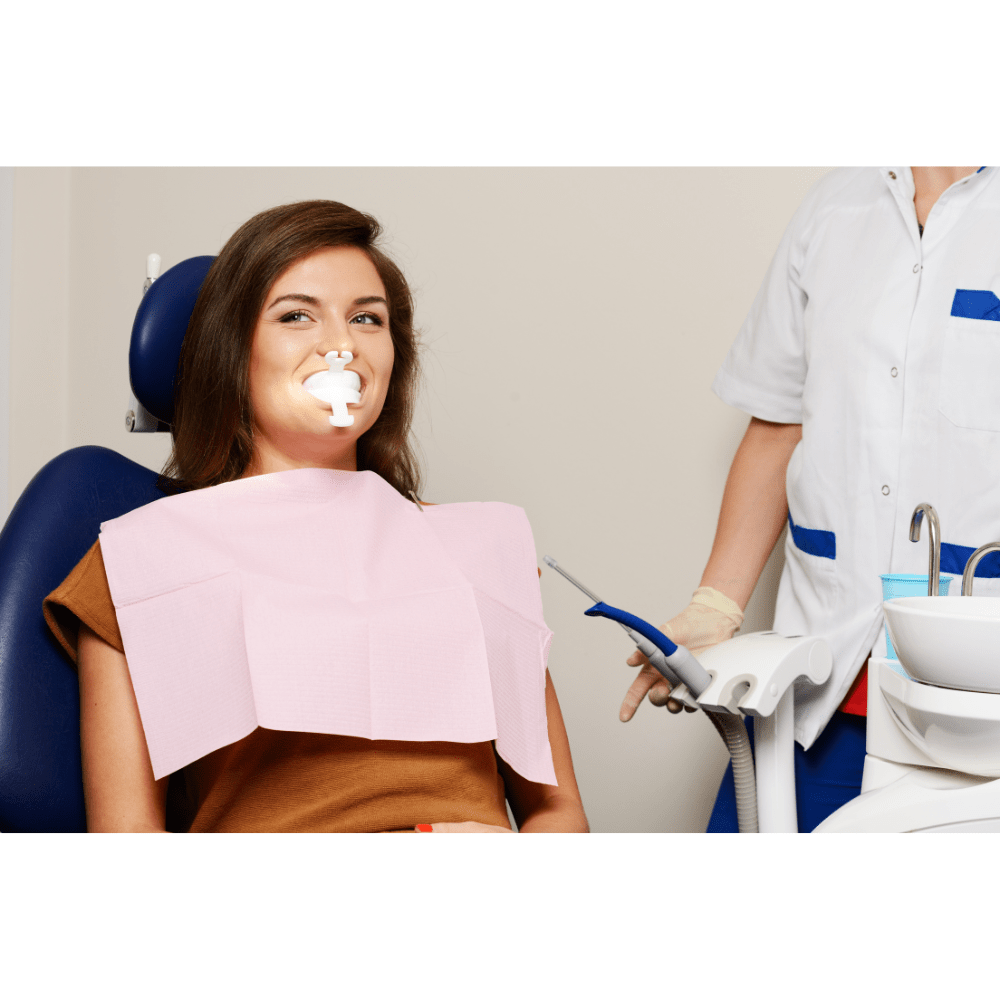Can You Fly After Tooth Extraction – Flying After Oral Surgery
Flying after any oral surgery raises many valid concerns related to potential complications and discomfort. Whether it’s for a planned trip or business commitments, you should understand the implications of flying after such dental work for a smooth journey and optimal recovery.
We will talk about the realities of flying after tooth extraction and the secrets to flying comfortably and securely with a dental procedure. First, let’s discuss whether you can fly after tooth extraction.
Can You Fly After Tooth Extraction
You cannot fly immediately after a tooth extraction. Patients are always advised to wait until the initial healing period is complete before considering air travel after a tooth extraction. Flying soon after tooth extraction causes discomfort due to changes in air pressure. It compromises the healing process and increases the chances of complications.
How Soon Can You Fly After Tooth Extraction
You can fly 48 hours after tooth extraction. While there’s no exact timeframe that applies for everyone to tell them how soon they can fly, it depends on the individual’s situation. It is important to wait at least a few days to a week after a tooth extraction before flying.
The timing for air travel post-tooth extraction depends on various factors which include your healing process and any potential complications. It is recommended you wait for a specified period before flying to ensure that the extraction site is healed before subjecting it to the changes in air pressure.
What Happens if You Fly Suddenly After Wisdom Tooth Pulled Out
Some side effects that can happen, if you fly suddenly after a wisdom tooth is pulled out include;
- Flying soon can increase the risk of bleeding from the extraction site. Changes in air pressure during the flight can interrupt blood clots that form in the socket which leads to bleeding.
- It can also distribute the formation of blood clots and higher the risk of developing a dry socket.
- Flying suddenly having dental work will lead to heightened sensitivity and discomfort.
- The exposure of the extraction site to the air and potential contaminants during air travel increases the risk of infection.
- Bacteria present in the airplane cabin or introduced through food or beverages could enter the extraction site which ultimately leads to infection.
Ways to Heal If You Fly After Wisdom Dental Surgery
Avoid Airplane Food:
Take soft, nourishing snacks such as fruit purees, yogurt, or protein bars to avoid the need to eat airplane meals.
Limit Talking:
Do not talk too much during the flight to reduce jaw movement and strain on the surgical site.
Use a Travel Pillow:
Support your head and neck with a travel pillow to minimize your jaw movement and promote comfort during the flight.
Stay Moisturized:
Use lip balm or a saline nasal spray to prevent dryness and irritation of your lips and nasal passages, specifically in dry airplane cabin conditions.
Stay Well-Rested:
Get plenty of rest before and after your flight to support your body’s healing process and minimize fatigue.
Stay Hygienic:
To reduce the risk of infection during travel, carry hand sanitizer or disinfectant wipes to clean your hands and surfaces around you.

FAQs
Will flying make the dry socket worse?
Yes, flying can worsen a dry socket due to changes in air pressure that may disrupt the blood clot in the extraction site. So you should avoid flying after oral surgery to avoid dry sockets.
What happens if you have a tooth pulled and don’t replace it?
If a tooth is extracted and not replaced, several potential issues may arise which include crooked teeth and the development of new gaps between teeth. A phenomenon called super-eruption can also occur.
This occurs when the tooth directly opposes the site of the missing tooth and starts to grow out of its position because it no longer has a neighboring tooth to restrict its movement. When the tooth extends beyond the gum line, the bite becomes misaligned, and functional problems could arise.
What are the chances of getting a blood clot from flying?
Getting a blood clot from flying is relatively low and the estimate is 1 in 4,600 passengers. To protect yourself and to reduce the risk of blood clots during air travel, your legs need to exercise your calf muscles to improve the flow of blood. If you’ve been sitting for long, you must take a break to stretch your legs.
How do you prevent blood clots on a plane?
You can prevent blood clots by doing some practices which include, moving regularly throughout the flight, drinking plenty of water, and avoiding excessive caffeine.
You should consider medication and stay comfortable in loose-fitting clothes for a complete way to prevent blood clots while traveling by plane.



